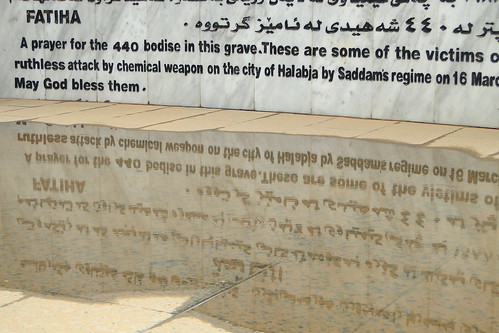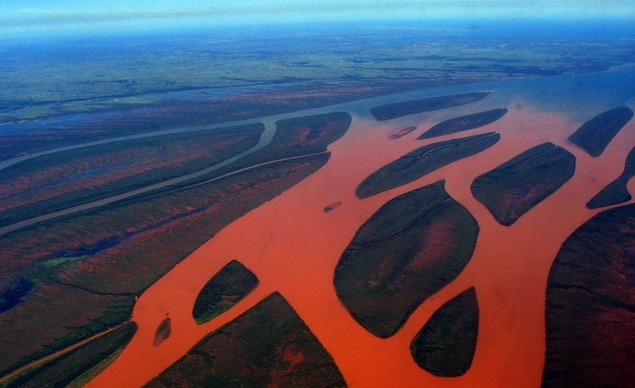
Today marks the 25th anniversary of the Halabja Massacre on March 16, 1988 in which more than 5 thousand people lost their lives. On March 16 the massacre is remembered every year.
Thousands of civilians were killed in the chemical bombing attack organized on Halabja by the Iraqi army.
The victims of the Halabja Massacre are remembered every year through various activities in cities in northern Iraq with a Kurdish population.
The rope with which Ali Hasan al-Majid , Saddam Hussein's cousin who ordered the ordered the bombing of Halabja and was nicknamed “Chemical Ali,” was executed by hanging was brought to the Memorial Museum in Halapja.
In memory of the massacre’s anniversary, life stopped for five minutes in the Iraqi Kurdistan capital of Erbil at 11:36, the hour at which the first bomb was dropped. As citizens stopped in place out of respect when the sirens were heard, vehicles also stopped in traffic.
The Martyr Minister of the northern Iraq region, Aram Ahmet, explained to the press that the rope used to execute “Chemical Ali” was delivered to the director of Halabja Memorial, Ala Talabani, this morning.
The massacre
It has been 25 years since the massacre that took place in the Kurdish town of Halabja in Iraqi Kurdistan during the dictatorship of Saddam Hussein, who headed Iraq's Baathists. On March 16, 1988, Halabja became the scene of the largest-scale chemical attack on a civilian population in history. That morning, Iraqi warplanes flew over the city and dropped chemical bombs on the thousands of unsuspecting people living there. Nearly 5,000 people died immediately as a result of the chemical attack, and it has been estimated that a further 7,000 were injured or suffered long-term illnesses.
It seems to have occurred too far in the distant past to be remembered by those who are unfamiliar with this region, remaining a mere fact in a history book; however, it remains an ongoing pain for the people of the region.
Every person in Halabja has a sad story to tell and has lost at least one friend or relative. Most Halabjans say they experienced the apocalypse on March 16, 1988, when every soul struggled for his or her life. Children ran for shelter; some tried to flee the town only to die half way; mothers carried their children in their arms; fathers rushed towards safety -- but there was no safe haven. Those who managed to escape suffered burnt skin, skin malformations or were diagnosed with cancer. Pictures taken right after the massacre depict the chaos and support the apocalypse simile.
As one Kurdish intellect, Kendal Nezan, described Halabja: “The scene that greeted the Halabjans in the morning defied description. The streets were strewn with corpses. People had been killed instantly by chemicals in the midst of everyday acts of life. Babies still sucked their mothers' breasts. Children held their parents' hands -- frozen to the spot like a still from a motion picture. In the space of a few hours 5,000 people died. The 3,200 who no longer had families were buried in a mass grave.” The victims of the massacre do not want to forget their pain nor do they want their wounds to be scabbed over. They have the same mentality as the Khojaly victims, believing that they should continue to talk about their tragedy and keep their memories alive. For this very reason, the Halabjan people mention the massacre and their losses whenever they have gathered together to deal with the pain.
Years later, every one suffers from the poisonous gas. Some have a chronic cough; some have diseases of the lungs or stomach or eyes. Many survivors have cancer, and many more are disabled.
There are three martyrs' cemeteries in Halabja: In one of them, there are 1,500 bodies, 440 bodies are buried in the second one, and the third one has 24 bodies buried one on top of the other. And the rest of the bodies are, sadly, still missing. These cemeteries, which were arranged by the survivors of the massacre, have been turned into mausoleums frequently visited by the local people as well as the relatives of the victims. At the entrance of the cemeteries, it is written “Baath Party members cannot enter!”
Saturday 16 March 2013
http://www.worldbulletin.net/?aType=haber&ArticleID=104843


